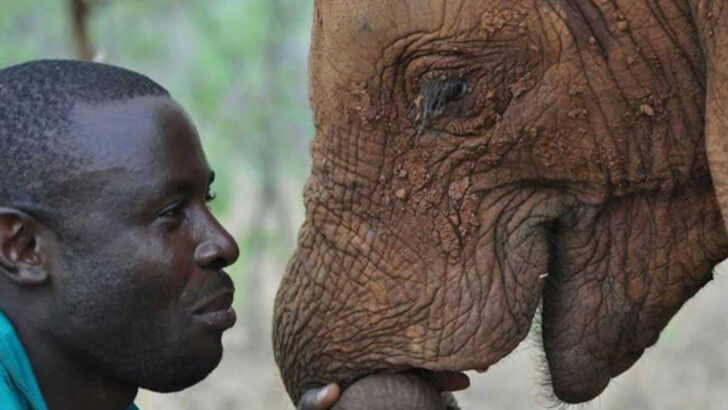Think humans are the only ones who can understand language? Think again! A surprising range of animals, from birds to sea creatures, can recognize and respond to human words, showing us just how adaptable and intelligent the animal kingdom really is.
It’s not just your dog sitting by your side, interpreting your every command—many animals are capable of picking up on human speech and responding in their own unique ways. Whether it’s parrots mimicking our words or dolphins understanding our cues, animals are proving that their cognitive abilities go far beyond what we might expect.
These remarkable creatures are reshaping the way we think about communication between species. Ready to meet the animals who can understand us? Let’s dive into 18 animals that might just surprise you with their ability to grasp human words!
African Grey Parrot
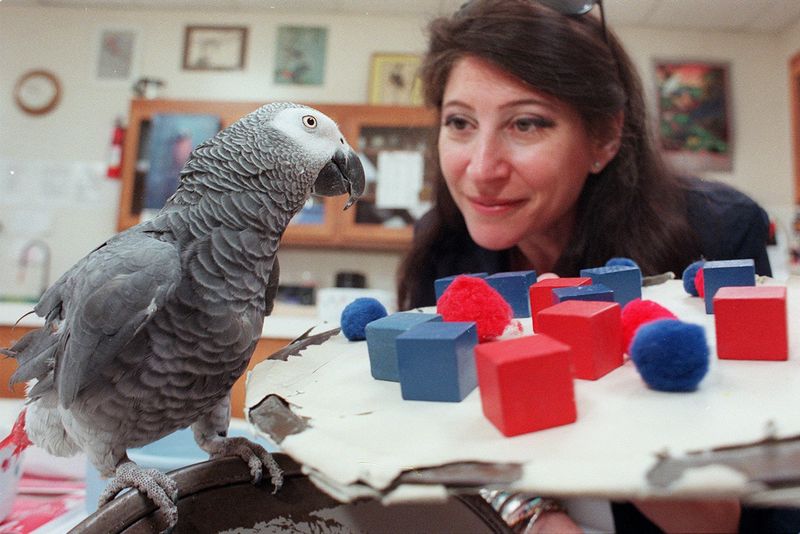
The African Grey Parrot, renowned for its remarkable intelligence, has captivated scientists and pet owners alike. This bird possesses the ability to mimic human speech with astonishing accuracy, sometimes even understanding the context.
Its vocalizations can include a vocabulary of hundreds of words, particularly when trained by a dedicated owner. In addition to parroting phrases, African Greys often exhibit comprehension of simple commands and questions, showcasing their cognitive skills.
These birds thrive on social interaction, requiring mental stimulation to prevent boredom. Their engaging nature makes them fascinating companions for those willing to invest time in their care.
Dolphin
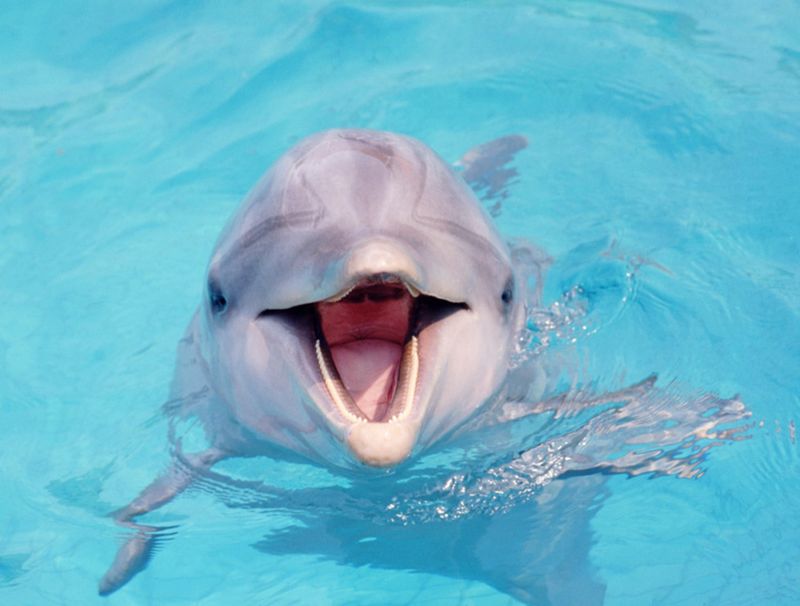
Dolphins are celebrated for their intelligence and complex communication abilities. SeaWorld trainers have long harnessed their capability to understand human gestures and words, enabling them to perform intricate tricks.
Dolphins can follow verbal commands during shows, demonstrating both memory and understanding. Their ability to communicate extends beyond performance; they use a variety of clicks and whistles to interact socially.
Recent studies suggest some dolphins may even grasp abstract concepts. These remarkable marine mammals continue to intrigue researchers with their social structures and learning abilities, underscoring a deep bond with human caretakers.
Chimpanzee
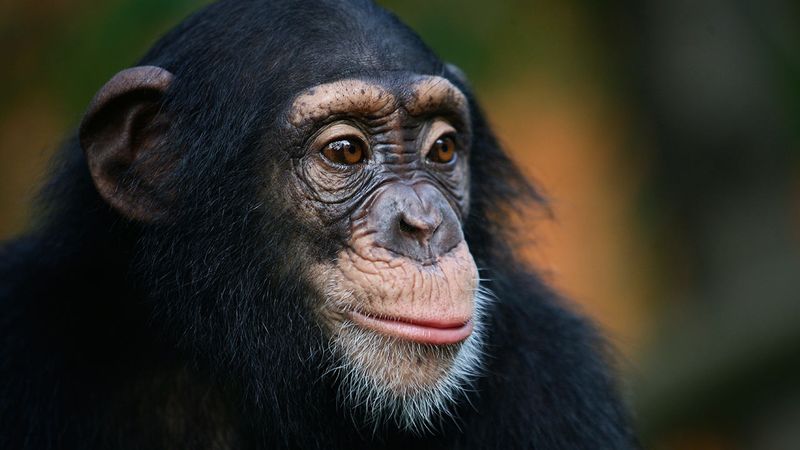
Chimpanzees, sharing much of our genetic makeup, exhibit an impressive understanding of human language. Through projects like the renowned studies with Washoe, these primates have learned American Sign Language to communicate with humans.
They can understand simple spoken commands and respond appropriately, often using gestures. This capacity to learn and use language highlights their cognitive complexities and emotional depth.
Chimpanzees thrive on social bonds, both within their species and with humans, requiring enriched environments to stimulate their intellect. Their ability to comprehend human words continues to shed light on primate intelligence and brain evolution.
Elephant
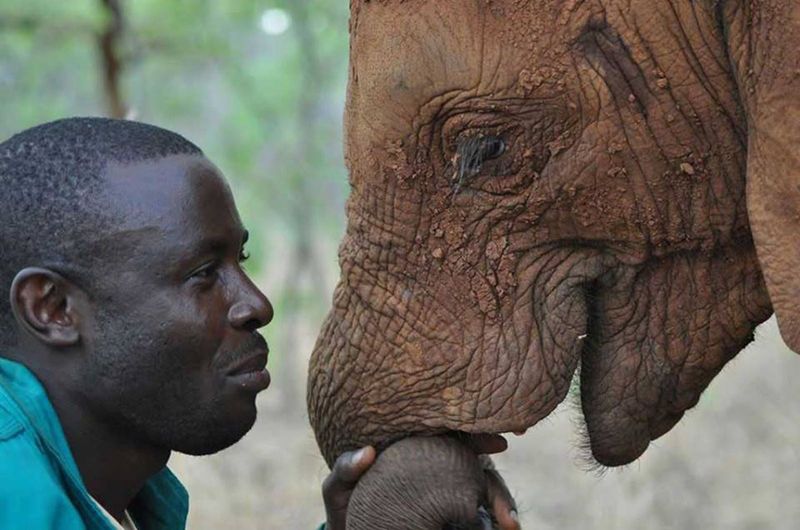
Elephants are known for their empathy and social intelligence, extending to their understanding of human speech. In sanctuaries, they have been trained to respond to verbal commands, showcasing their memory and learning abilities.
These gentle giants can recognize a range of words related to daily activities, enhancing their interaction with handlers. They communicate using low-frequency rumbles, sometimes in response to human cues.
Elephants’ ability to perceive and interpret human language emphasizes their cognitive depth, making them revered creatures in various cultures. They continue to inspire awe with their majestic presence and communicative prowess.
Raven
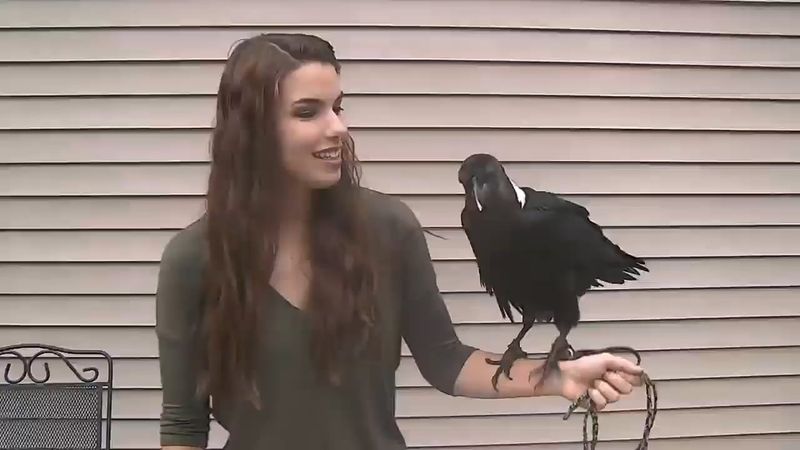
Ravens, with their glossy black feathers and sharp eyes, are not just symbols of mystery but also intelligence. These birds can mimic human words, often surprising those who hear them.
Researchers have observed ravens solving complex problems and understanding commands, behaviors traditionally associated with more ‘domesticated’ animals. Their ability to engage with humans verbally adds another layer to their enigmatic nature.
Ravens are also known for their playful antics and innovative use of tools. Their linguistic talents and problem-solving skills continue to captivate ornithologists and bird enthusiasts worldwide, revealing their cerebral capabilities.
Border Collie
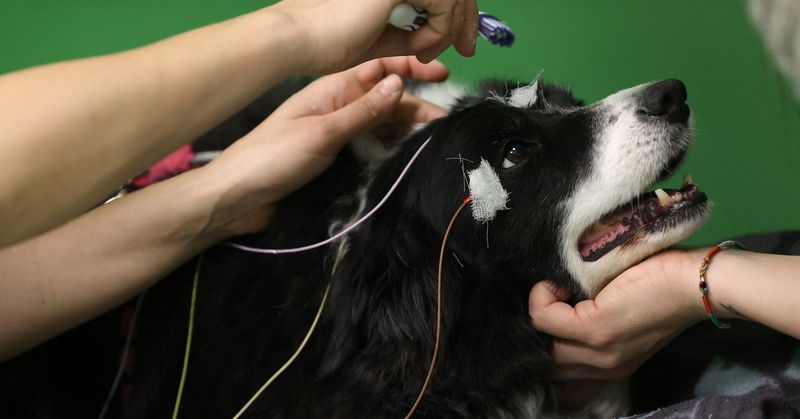
Border Collies, frequently seen herding sheep, are celebrated for their intelligence and responsiveness to human language. These dogs excel in understanding a variety of words and commands, often used in complex herding instructions.
Their cognitive abilities enable them to process and act on human language cues swiftly. This skill is not limited to herding; Border Collies thrive in obedience trials and agility competitions, where their understanding of commands is crucial.
Their eagerness to work and bond with humans makes them exceptional companions, continually impressing with their linguistic aptitude and problem-solving skills.
Orangutan
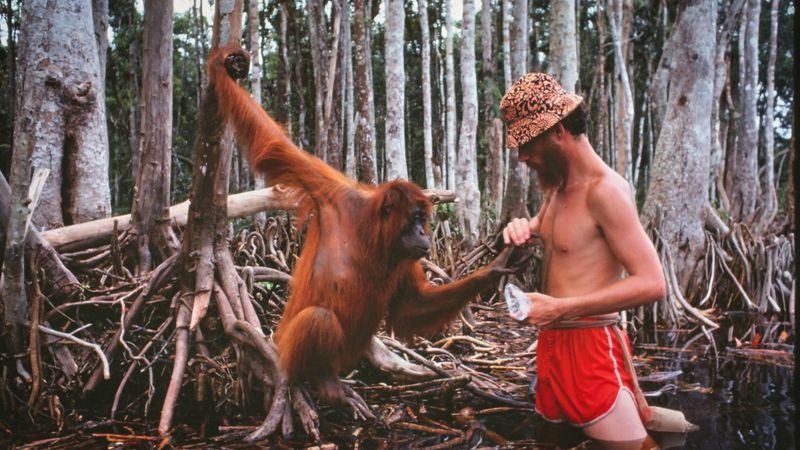
Orangutans, with their expressive eyes and dexterous hands, have showcased their ability to understand and use human language, particularly sign language.
These primates have been part of studies demonstrating their capacity to communicate through gestures, revealing their emotional and cognitive depth. They can learn a variety of signs, using them to express needs and respond to questions. Orangutans in conservation centers often display curiosity, engaging in activities that stimulate their mental faculties.
Their understanding of human language underscores their intelligence and the importance of conserving these magnificent apes, whose habitats face significant threats.
Budgerigar
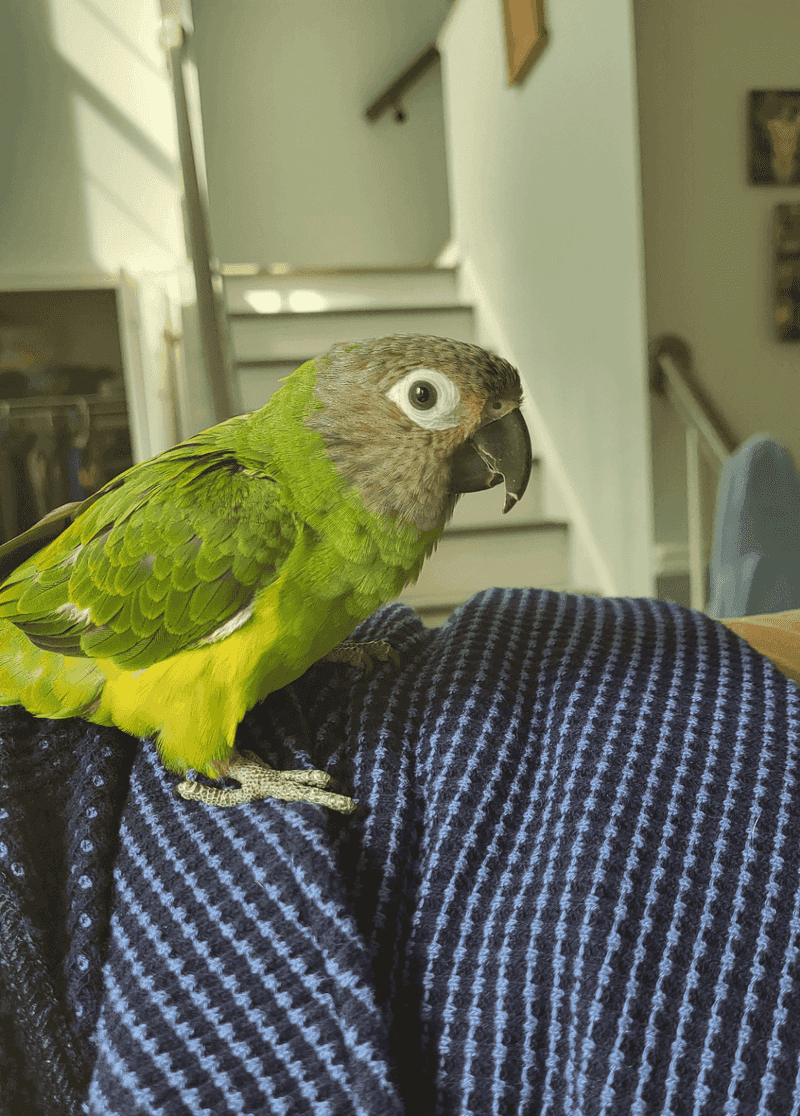
Budgerigars, commonly known as ‘budgies,’ are small parrots famed for their ability to mimic human speech. These birds, often seen as household pets, can develop a repertoire of words and phrases, delighting their owners with their vocal prowess.
Budgies require regular interaction to hone their linguistic skills, responding well to repetition and gentle encouragement. Their capacity to learn from humans is a testament to their intelligence and adaptability.
Budgerigars thrive in environments rich with social engagement, where their natural curiosity and talkative nature can flourish, making them endearing companions for bird enthusiasts.
Sea Lion
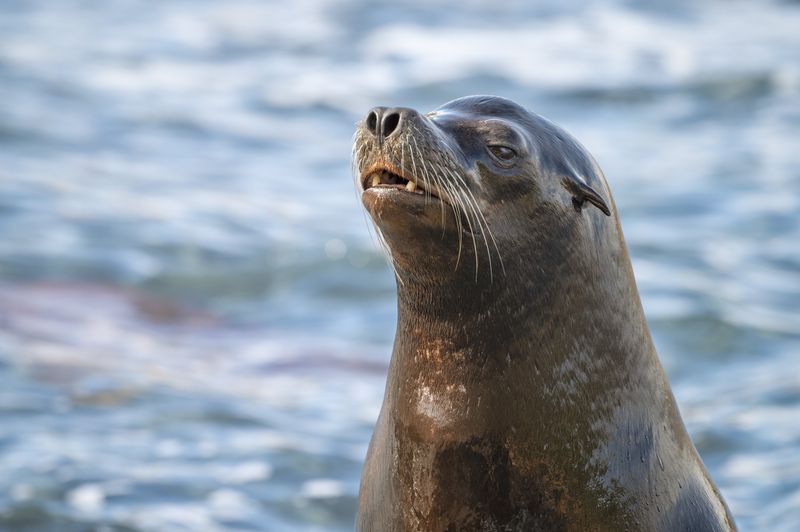
Sea lions, with their playful demeanor, display a surprising ability to understand human language. At marine parks, they have been trained to follow spoken commands, performing tricks that highlight their intelligence.
Sea lions communicate using a variety of vocalizations, from barks to honks, and can differentiate between words used by trainers. Their adaptability and sociability make them favorites in aquarium shows.
Beyond entertainment, their interactions with humans provide insights into marine mammal cognition, emphasizing their capability to connect with and understand human speech in controlled environments.
Pigeon
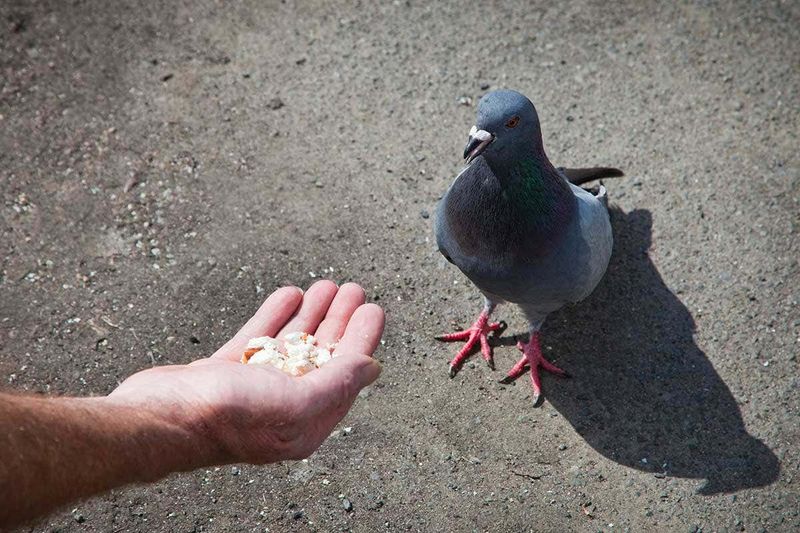
Pigeons, often seen fluttering about urban settings, have been subjects of numerous studies exploring their intelligence. These birds have demonstrated the ability to recognize individual human words and differentiate between them, often in laboratory settings.
Their surprising linguistic capability is complemented by an exceptional memory, allowing them to excel in navigation and problem-solving tasks. Pigeons’ interactions with humans, typically involving food rewards, highlight their adaptability to city life.
Their capacity to understand human language, albeit limited, continues to intrigue scientists and bird watchers, adding to the intrigue surrounding these common yet remarkable birds.
Bonobo
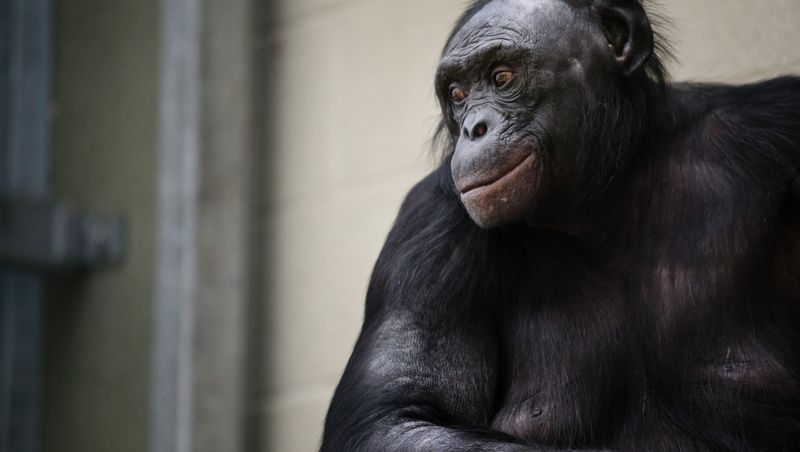
Bonobos, closely related to chimpanzees, demonstrate a keen understanding of human language, particularly through sign language. These primates, known for their peaceful social structures, use gestures to communicate with humans and each other.
Studies have shown that bonobos can comprehend spoken words and symbols, showcasing their cognitive sophistication. They thrive in enriched environments that mimic their natural habitats, engaging in play and social interactions.
Bonobos’ ability to understand and use human language underscores their intelligence and the need for conservation efforts to protect these gentle relatives of humans, whose habitats are increasingly threatened.
Horse
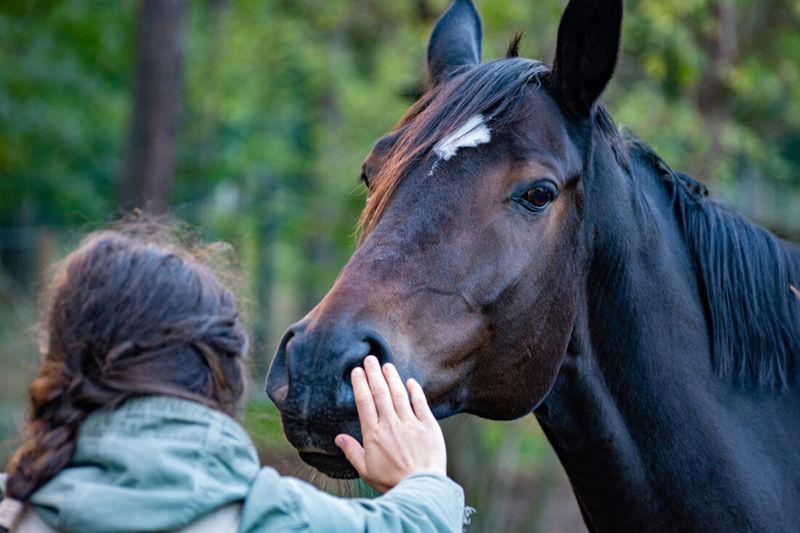
Horses, with their majestic presence, have long been companions to humans, displaying an ability to understand spoken cues. They respond to verbal commands, often used during riding and training sessions.
This linguistic ability is complemented by their sensitivity to human emotions and body language, making them intuitive partners in equestrian activities. Horses thrive in environments that offer physical and mental stimulation, where their understanding of human words enhances their interaction with handlers.
Their capacity to connect with people through speech and behavior continues to be a testament to their intelligence and sociability.
Pig
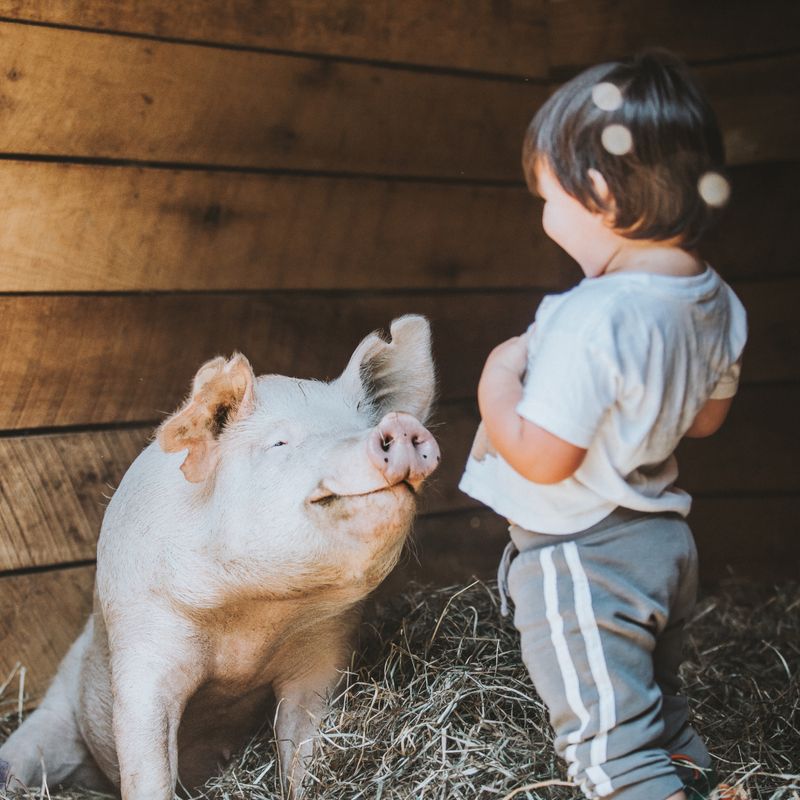
Pigs, often underestimated, are highly intelligent creatures capable of understanding human words and commands. Studies have demonstrated their ability to perform complex tasks when guided by verbal instructions.
These animals exhibit problem-solving skills and social behaviors that reflect their cognitive abilities. Pigs enjoy environments that offer mental challenges, engaging in activities that stimulate their curiosity.
Their interactions with humans, particularly in farm settings, reveal a surprising depth of understanding and communication. Pigs’ capacity to connect through language continues to challenge stereotypes, underscoring their intelligence and adaptability in various settings.
Kea Parrot
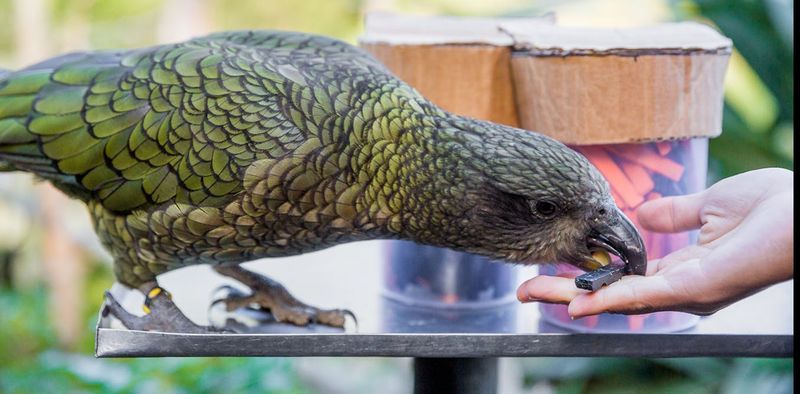
Kea Parrots, native to New Zealand’s alpine regions, are known for their curiosity and intelligence. These birds can mimic human speech and are often seen engaging with hikers and tourists.
Their ability to learn words and phrases is complemented by their problem-solving skills, particularly in manipulating objects and exploring new environments. Kea Parrots thrive in areas that offer mental and physical challenges, where their inquisitive nature can be indulged.
Their interactions with humans, often playful and inquisitive, continue to fascinate researchers and visitors alike, highlighting the remarkable cognitive abilities of these unique birds.
Crow
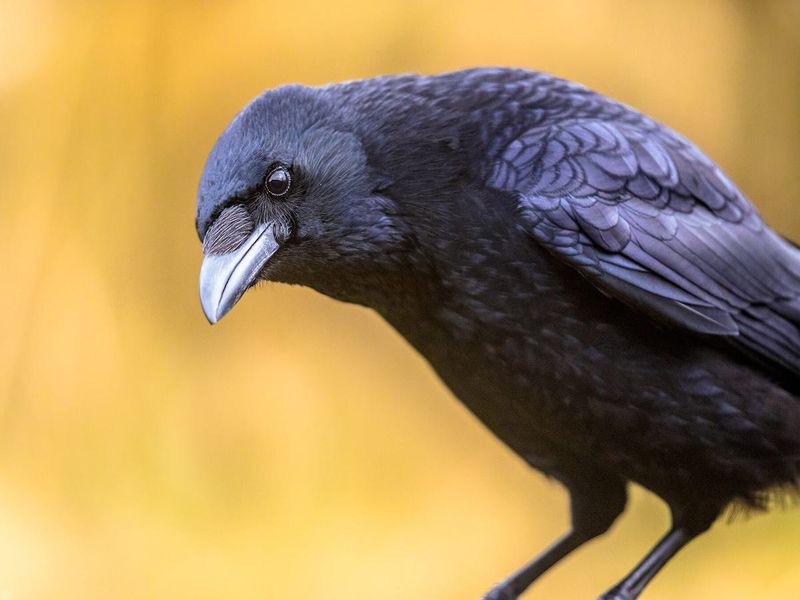
Crows, known for their glossy feathers and sharp intelligence, have been observed mimicking human speech in controlled environments. These birds can learn words and phrases, using them in contexts that suggest understanding.
Crows are adept problem solvers, often working in groups to achieve goals. Their interactions with humans, particularly in urban settings, reveal a capacity to learn from and adapt to their surroundings.
Crows thrive in environments that offer challenges, where their intelligence can be continually exercised. Their linguistic abilities and social behaviors continue to intrigue ornithologists, adding depth to our understanding of avian cognition.
Goat
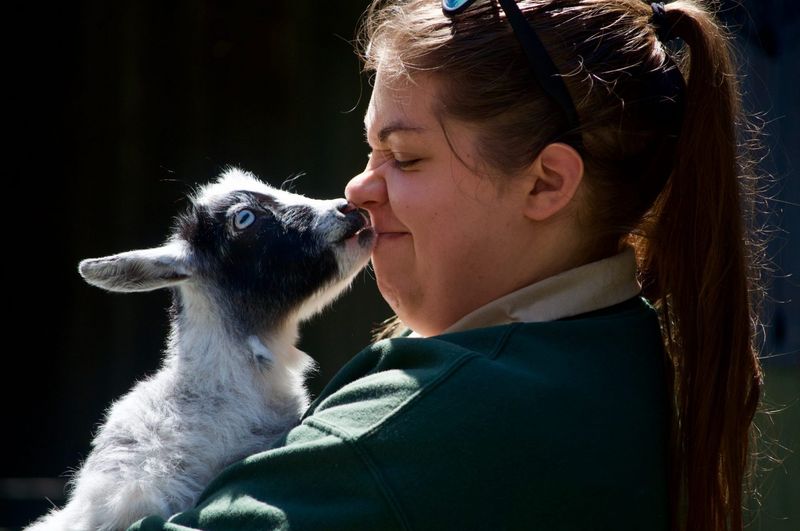
Goats, known for their playful and sometimes mischievous behavior, have shown an ability to understand human words and tones. These animals can respond to verbal cues, often used by farmers to guide them.
Their keen social awareness allows them to interact effectively with humans, reading body language and vocal tones. Goats thrive in environments that offer both physical and mental stimulation, where their communication skills can be honed.
Their surprising linguistic capabilities highlight their intelligence and adaptability, making them fascinating subjects for research into animal cognition and human-animal interaction.
Octopus
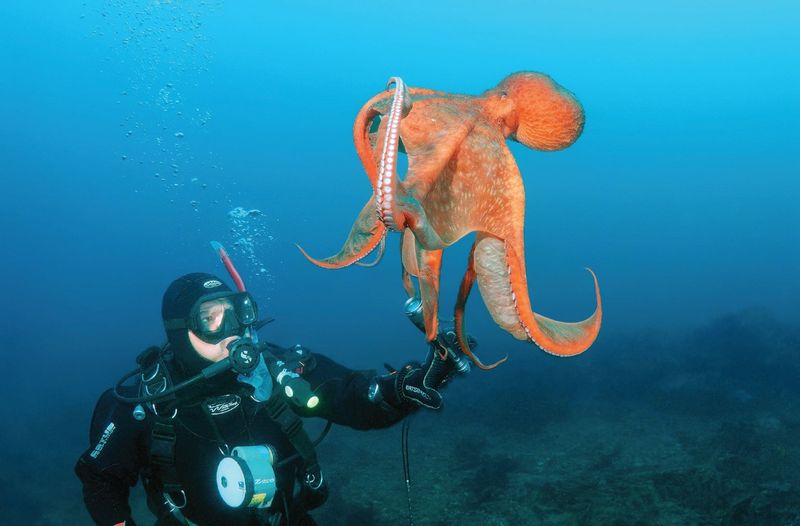
Octopuses, with their eight arms and mysterious behaviors, are among the most intelligent invertebrates. They have demonstrated an ability to recognize human faces and respond to signals, suggesting a form of language comprehension.
In aquariums, they interact with caretakers, sometimes following hand gestures or tapping on the glass. Octopuses are problem solvers, known for escaping enclosures and manipulating objects.
Their capacity to connect with humans, while limited, highlights their cognitive abilities. These fascinating creatures continue to be subjects of study, revealing more about the intelligence and adaptability of marine life in understanding human communication.
Beluga Whale
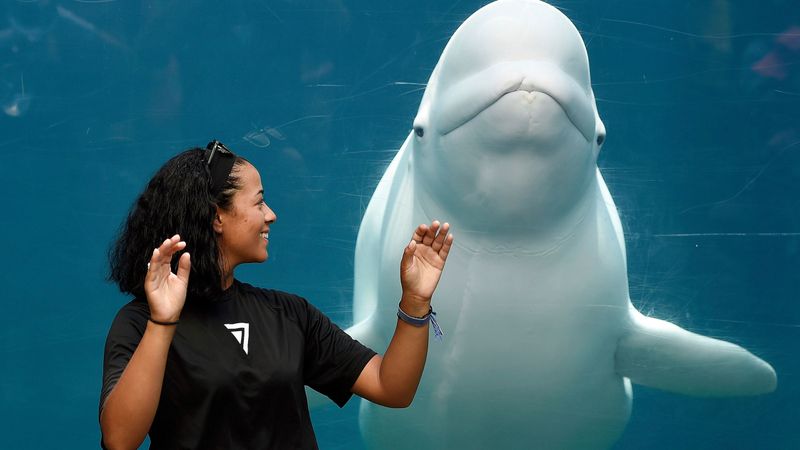
The Beluga whale is a social and intelligent creature. Known for their unique ability to understand human speech patterns, these marine mammals can mimic human sounds and respond to simple commands.
Their interactions with researchers show a deep level of comprehension, making them popular in marine parks.
Belugas are known to ‘sing’ and can pick up on the tone and intonation of human voices, suggesting they can discern emotions as well. Studying them offers insights into animal communication and cognition, a field that’s both intriguing and enlightening.

